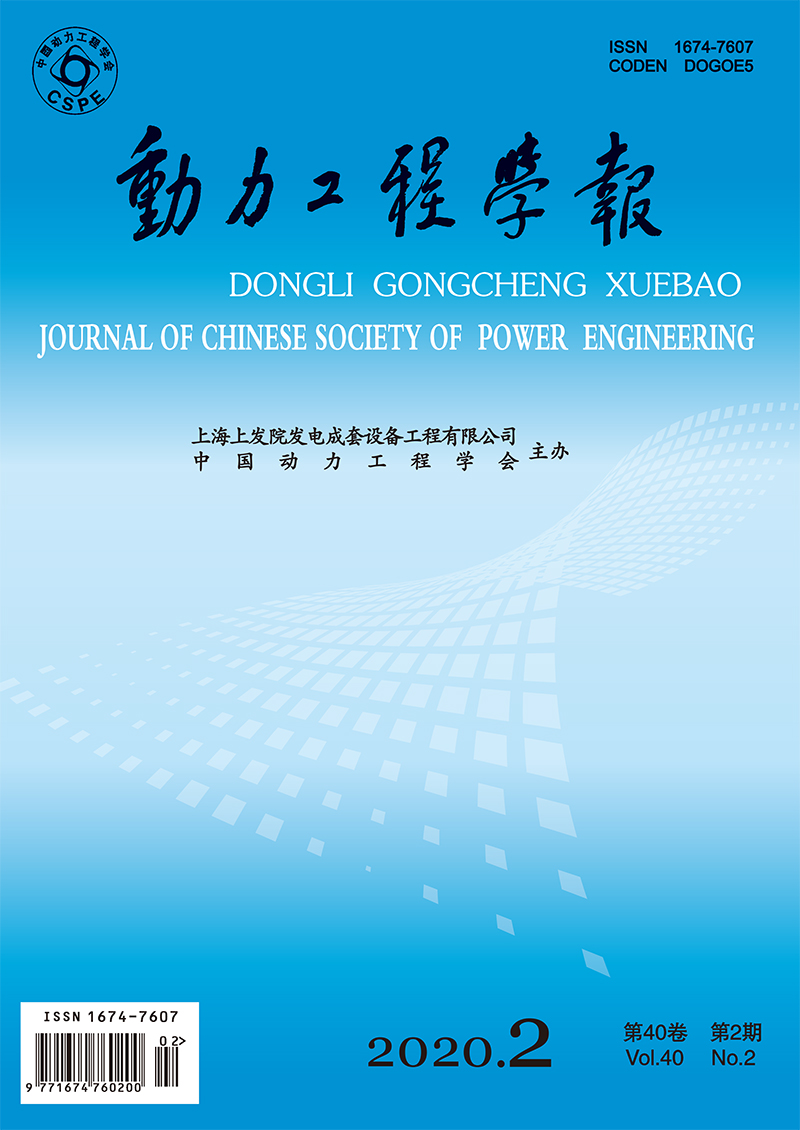Nuclear Technology
LAI Xide, YE Daoxing, CHEN Xiaoming, LIAO Qi
To find the factors influencing the pressure pulsation behavior of a reactor coolant pump (RCP) with spherical casing, and to seek the relationship between the pressure pulsation and operating conditions, the time-domain and frequency-domain characteristics of pressure pulsation were carefully analyzed at different locations in the RCP under 5 typical operating conditions, based on 3D numerical simulation on unsteady flow through the full passage of the RCP. Results show that the pressure pulsation is mainly caused by the rotor-stator interaction (RSI) between the impeller and guide vane, and the main features of pressure pulsation depend on the geometrical parameters of the impeller, guide vane and spherical casing. The primary frequency of pressure pulsation is that of the impeller, and its maximum amplitude mainly depends on the operating flow, which reaches the minimum in the design operating condition. The amplitude of pressure pulsation in the impeller increases from the inlet to the outlet, which reaches the maximum at the impeller outlet, and then decreases from the inlet to the outlet of guide vanes. The unsteady flow in flow passage would cause highly irregular pressure pulsation under small discharge conditions. The pressure pulsation differs in the same circumference near impeller inlet, which is more intensive on the suction side than the pressure side of a blade, but is almost the same at impeller outlet under different operating conditions. The amplitude of pressure pulsation increases in the medium and high frequency area with the rise of operating discharges, due to the vortex and backflow formed in the spherical casing, which would increase distinctly when the RCP is operating at extreme small discharges. The spherical casing does have influence on the pressure pulsation in the impeller and guide vane, and the effect is stronger under smaller discharge conditions, but weaker under design and larger discharge conditions.
